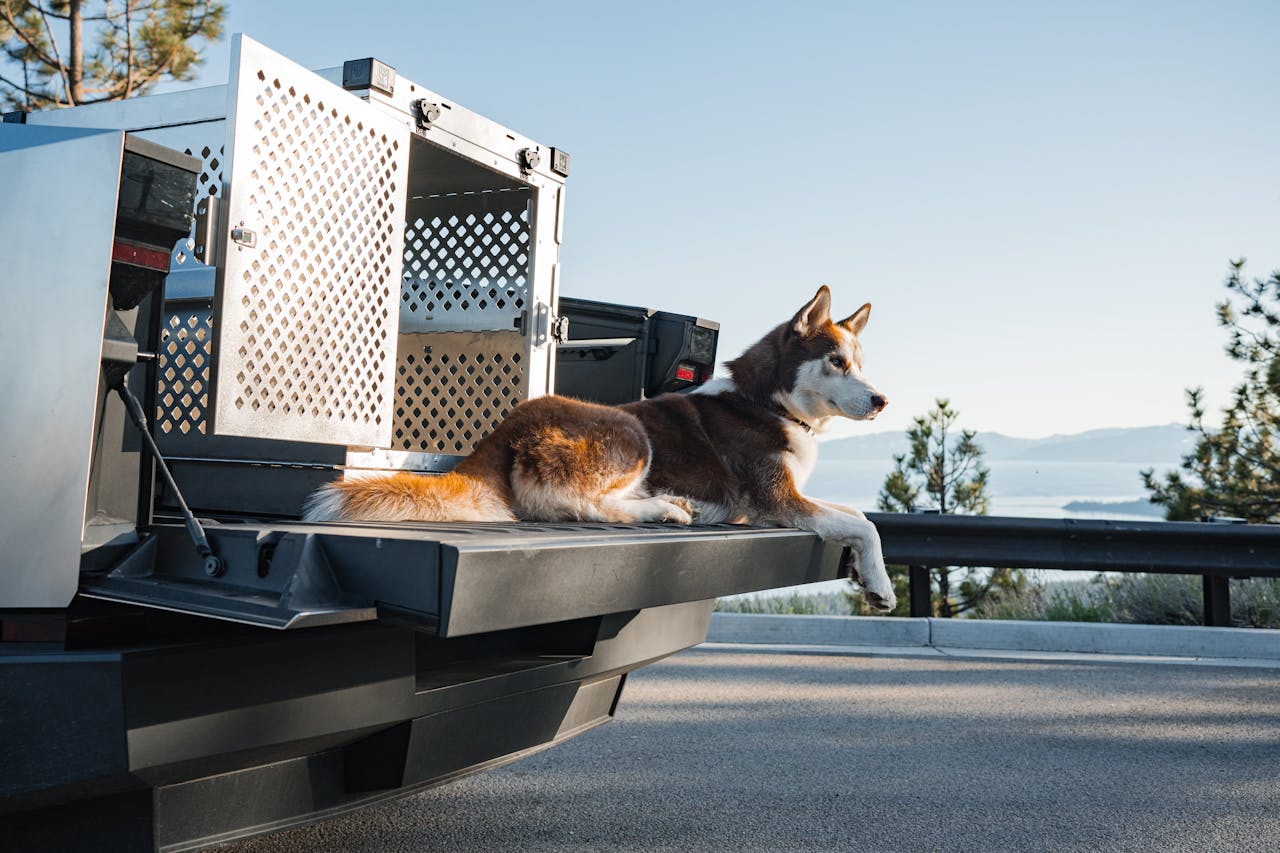Learn what are banners in Digital Marketing & How To Create Banner Ads, their types, sizes, how they work, and their benefits. Discover tips to create effective banner ad campaigns.
Introduction
Digital marketing banners are a form of visual marketing used to advance products, services, or brands on sites, apps, or social media platforms. They aim to capture the user’s attention and steer the user toward clicking through to a landing page or website.
Any form of banner ads, be it static images, animated graphics, or interactive forms, is also often employed in display advertising campaigns.
After the thoughts of brand awareness, traffic, leads, or sales. Banners have varying sizes and formats influenced by the place of exhibit. Banner ads may be an extremely effective part of a brand’s strategy in online marketing, assuming that the design and placement are correct.
What Are Banners in Digital Marketing?
In the marketing world of digital networks, banners are a form of direct advertisement that is placed on websites, apps, or social networks to catch people’s attention and push them to do something.
Conventionally, marketers use a combination of imagery, textual content, and occasionally interactive elements to promote a product, service, or brand message.
The internet has introduced banner ads to become compulsory parts of digital marketing strategies where companies can reach people of all kinds, enhance exposure levels, and promote customer engagement.
Types of Banners in Digital Marketing
Digital marketers use different banner formats depending on their campaign objectives and platform needs. The most typical of these include:
1. Static Banners
Static banners are an ad format that is based on an image and has no motion. They are not only easy and inexpensive, but can also be used for brand awareness campaigns/marketing efforts.
2. Animated Banners
GIFs or HTML5 animations are used on these banners to introduce motion. The movement can go even further to engage the user’s attention.
3. Interactive Banners
Users will have the ability to interact with the ad with interactive banners – hovering, clicking, dragging, and filling out a form. They are commonly used in gamified advertising or in an attempt to increase user time on the ad.

4. Video Banners
Video banners use short clips of video that play automatically, or on demand (at user request). They are highly interesting and featured heavily on premium ad placements.
Common Sizes of Banners in Digital Marketing
The Interactive Advertising Bureau (IAB) recognizes banners in standard sizes. Some popular dimensions include:
- Leaderboard (728×90 pixels): Often placed at the top of websites.
- Medium Rectangle (300×250 pixels): Commonly found within content or sidebars.
- Skyscraper (160×600 pixels): Vertically aligned and incorporated in side columns.
- Large Rectangle (336×280 pixels): Gives a greater space in regards to images and text.
- Mobile Banner (320×50 pixels): Optimized for mobile viewing.
How to create banner ads?
Developing a banner is the crafting of an intelligent mix of design, message, and target. The first step involves identifying why you want to do with your campaign: brand awareness, traffic, or conversions.
Choose the appropriate banner size based on the platform requirement, and make an attractive ad that catches the customer’s attention with a clear CTA, interesting colored images of your logo.
Tools such as Canva, Adobe Photoshop, and Google Web Designer have been used for making. Keep text concise and readable. Make sure that the ad leads to an appropriate landing page.
Finally, upload the banner to the desired ad network (Google Display Network), choose your audience targeting, and monitor performance to optimize. Never test only one version, as varied results can be achieved.
How Banner Advertising Works?
Banner advertising is a digital marketing method by which graphical ads (banners) are displayed on websites, apps, or digital platforms to lure users to subscribe to, click on the links, or purchase. This is how it goes in detail:
1. Ad Creation
Marketers embark on designing banner ads from the use of visuals like images, logos, call-to-action buttons, and text. These banners may be static, animated, or even interactive, and have different sizes that suit varied advertising areas.
2. Platform Selection
Advertisers opt for the location where their banners will be displayed. This is normally mediated through ad networks such as Google Display Network, Facebook Audience Network, or via programmatic advertisement platforms with thousands of websites and mobile apps, which they access.
3. Targeting the Audience
Advertisers define specific targeting criteria, such as:
- Location
- Age and gender
- Interests and online behavior
- Devices and browsers
- Retargeting (showing ads to past visitors)
4. Ad Placement via Auctions
The selling of the ad space in programmatic advertising is done through real-time bidding (RTB). Afterward, when a user visits a website, an auction is triggered within milliseconds. The banner of the highest bidder with relevant content wins the place, and its banner is displayed.
5. User Interaction
When exhibited, the banner strives to attract the viewer’s attention. The user clicks the banner and finds themself on an article page, product page, or a signup form, moving them further in the conversion funnel.
6. Performance Tracking
Marketers track the ad’s performance using metrics such as:
- Impressions (number of times shown)
- Clicks (how many people clicked)
- CTR (Click-Through Rate)
- Conversions (purchases, sign-ups, etc.)
Advantages of Using Banners in Digital Marketing
Using banners provides multiple benefits:
- Wide Reach: If display networks have banners on millions of websites and apps, there is wide exposure of brands geographically and demographically.
- Visual Appeal: Banners, however, unlike text ads, employ the use of color, imagery, and even motion to capture audiences.
- Flexible Targeting: Consumers can thus be targeted by their behavior or their interest, location, or the devices they access with, so that banners prove to be quite a strong form of precision marketing.
- Performance Tracking: Banners deliver detailed analytics (impressions, click-through rate, conversions, etc.) to allow marketers to measure and optimize campaigns.

Challenges with Banner Advertising
Banner advertising has several associated challenges marketers need to overcome for success. The first major problem is banner blindness, because ads are seen too frequently, people will unconsciously ignore them.
Ad blockers also make it harder to reach the audience because many users use them to prevent interruptions. Low click-through rates (CTR) are a regular thing if the ad is irrelevant or has no engaging design.
Poor targeting can lead to wasted impressions and low ROI. Further, banners that are overly decorative or obtrusive also contribute negatively to the brand’s reputation. To bounce out of these different challenges, identifying potential audience insights, A/B testing, and continual optimization of ad creatives and placements will help handle engagement and performance better.
It is good to advertise with banner ads. They encourage people to see your brand and click to find out more. If well designed, they can attract more visits and sales to your business.
Of course, banner ads can be expensive. You can be charged when someone clicks the ad or when it displays several times. Cost is based on your advert-taking bill, your audience, and competition.
The display ad includes a banner ad. Display ads are such as banners, pop-ups, and video ads. Banner ads are just among display ads.
Conclusion
In digital marketing, banners are powerful visual means designed to capture and engage users. Whether static, animated, or interactive, these ads promote products/services/brands on websites and apps.
Combined with clean messaging and good design, banner ads improve visibility, bring clicks, and boost conversion rates. Though there are many differences, good targeting and optimization can make banner ads an integral part of any internet strategy, despite multiple concerns like banner blindness.



